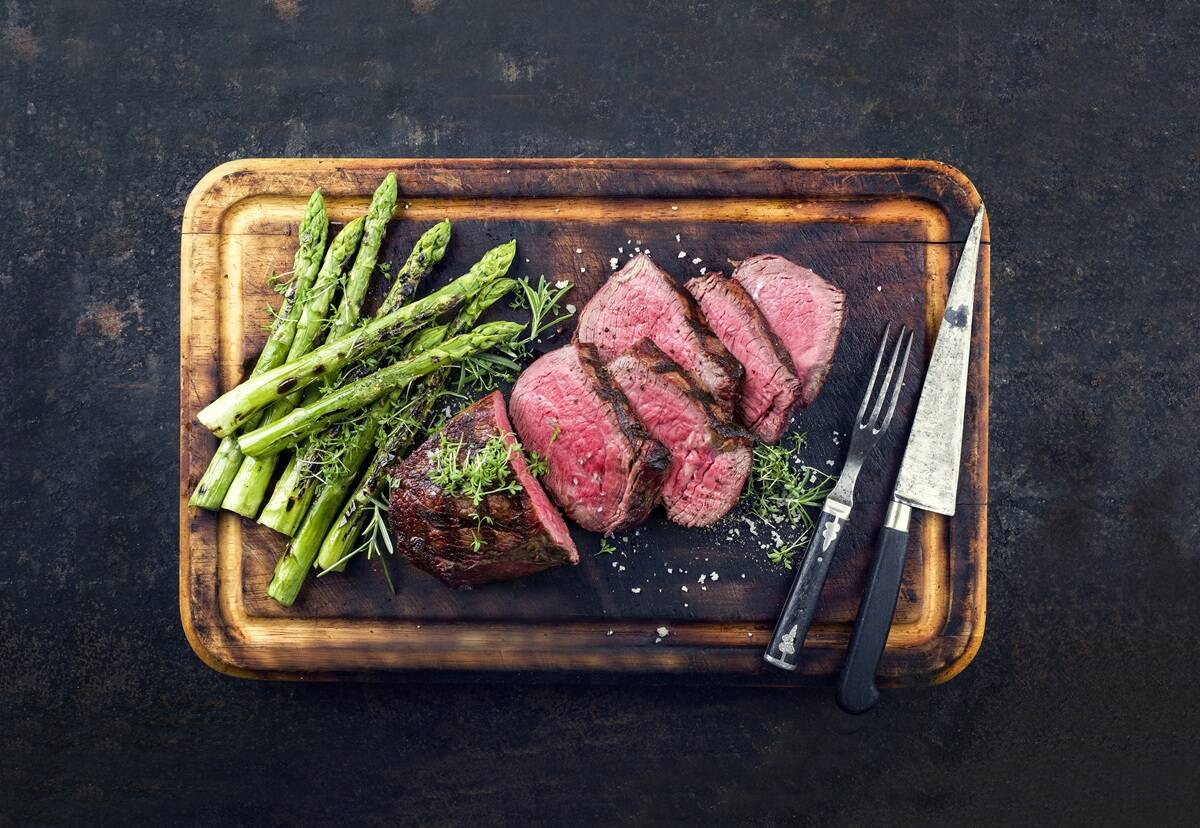In a recent beef-cutting demonstration, Canadian Beef Centre of Excellence technical director Abe Van Melle gave a first-hand look at the added value to be coaxed from a beef carcass with creative butchering.
The 28 per cent of a beef carcass categorized as prime cuts from the middle sells itself, but there are lots of opportunities to create value from less tender cuts that oftentimes have more distinct flavour.
The plate, or front underbelly along the ribs, is a good example. As a source of beef bacon it demands three to four times the price of the other lesser cuts.
Read Also

Building demand together: The impact of Canada’s beef import levy
The beef import levy has become a central tool for ensuring balance in Canada’s beef industry
With added marbling in the chuck today it can supply added value when turned into specialty steaks and steak cubes for deep frying.
The petite tender from the shoulder clod is actually the third-most tender cut in a youthful carcass and Van Melle demonstrates how it can gain tremendous value as a stuffed entree, beef Wellington or sliced across the grain into medallions.
Proper trimming and cooking techniques make winners. The sirloin flap (thin cuts) located along the flank and below the loin used to go for hamburger but less so since the centre discovered some wonderful marinade recipes for this cut that make it a valued dish in Central America and Asia and is now very popular in Quebec.
The tri-tip, although part of the sirloin, serves up best when slow roasted and cut across the grain after cooking because it comprises two parts with differing grains.
The loin tail, which is one of the toughest cuts of all, is just starting to be explored for further potential and they’ve found already that it can be fall-apart tender when rolled with stuffing and long-braised with sweet gravy.
For more on beef cuts and recipes to go with them, visit www.canadabeef.ca and search for “cuts by colour.”

















